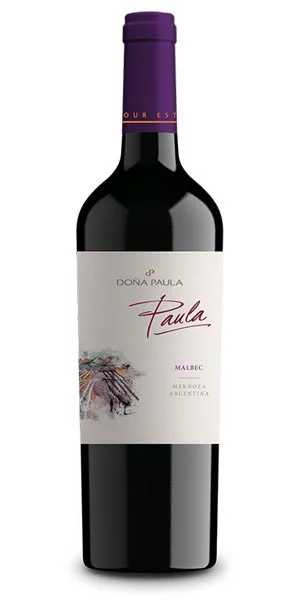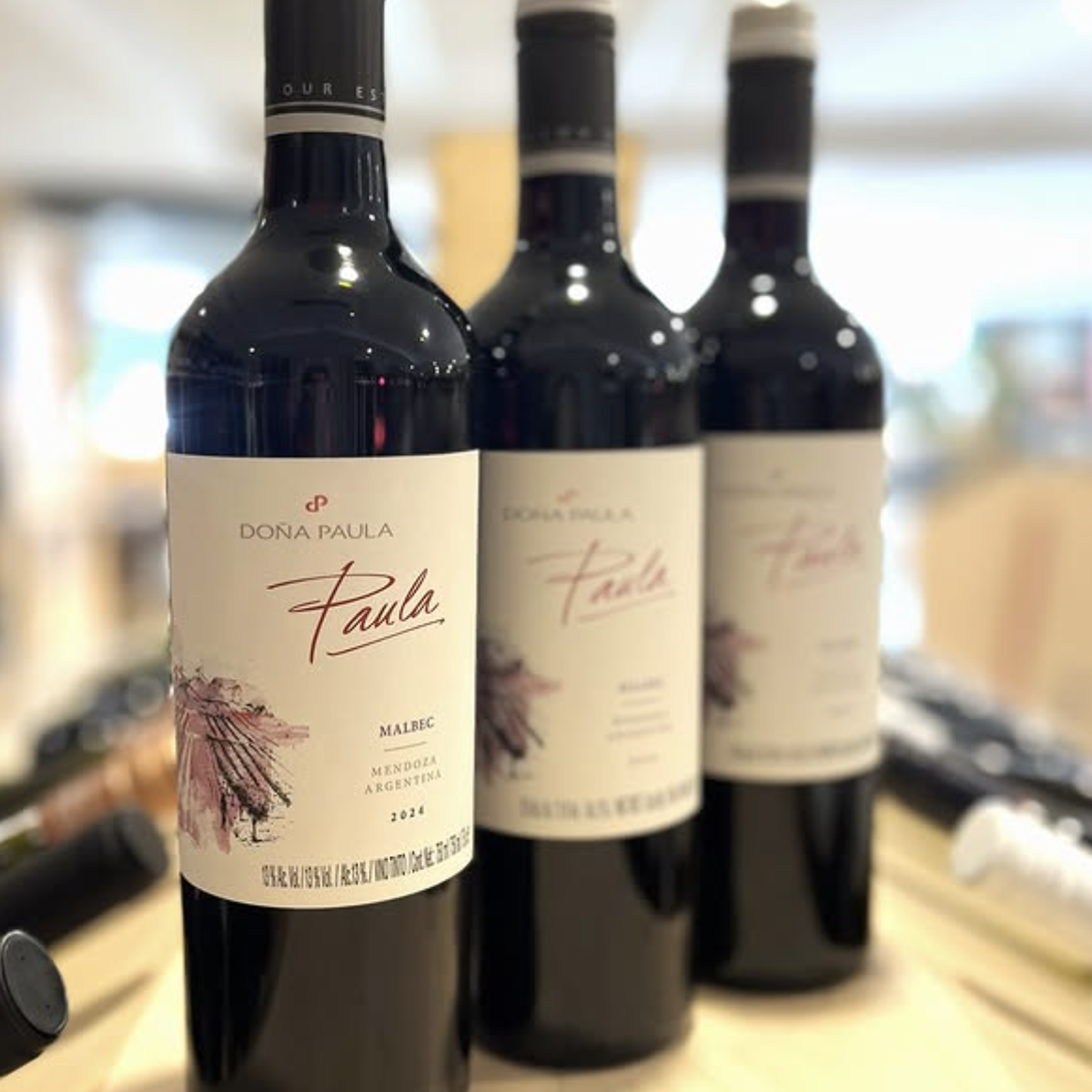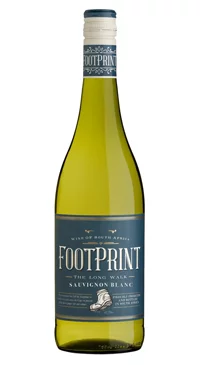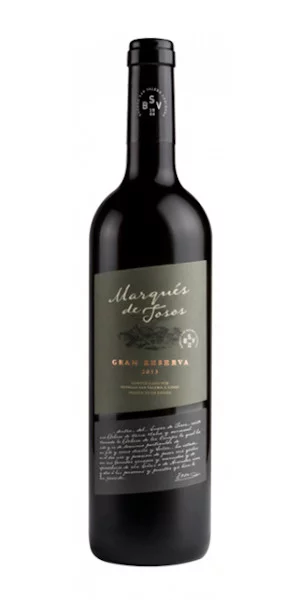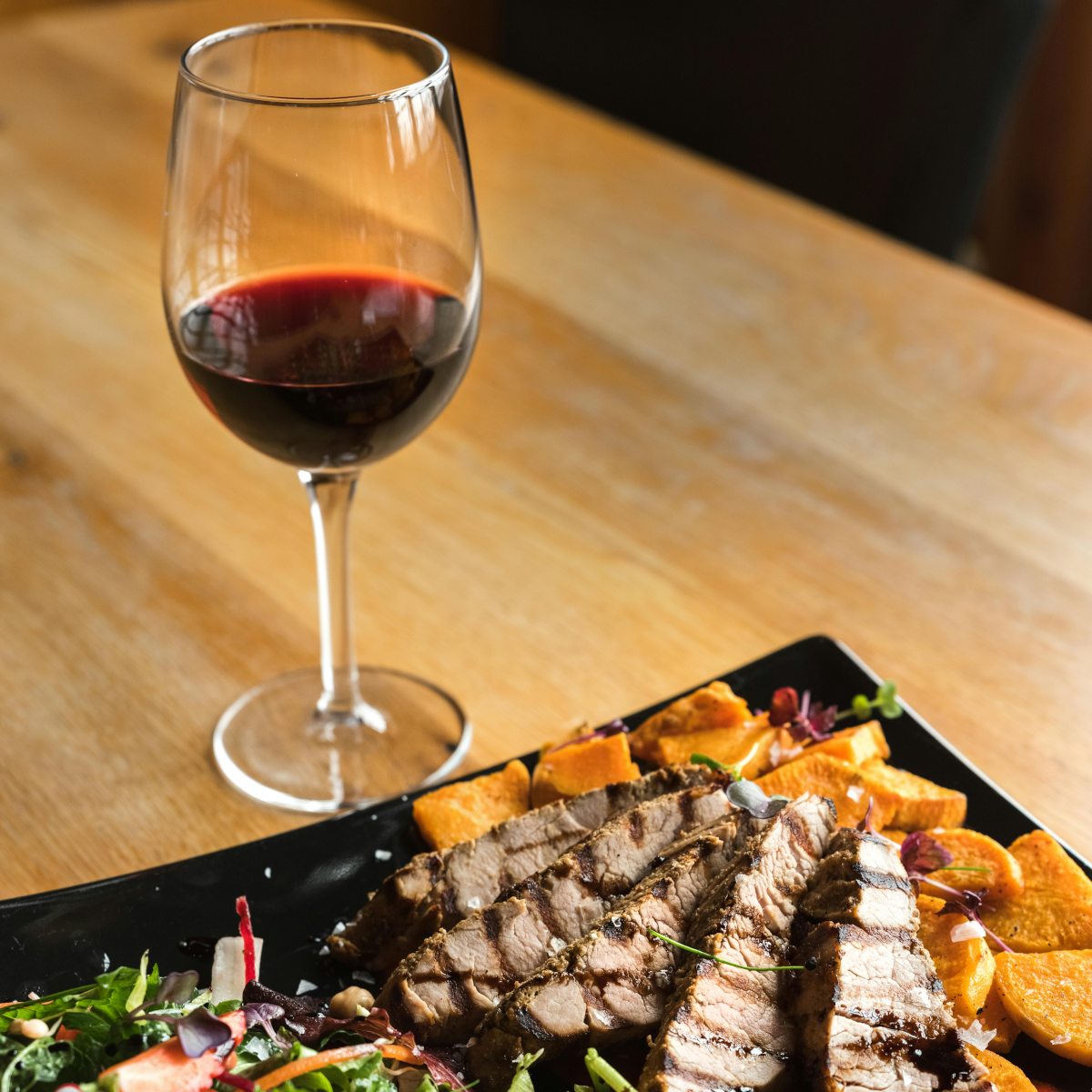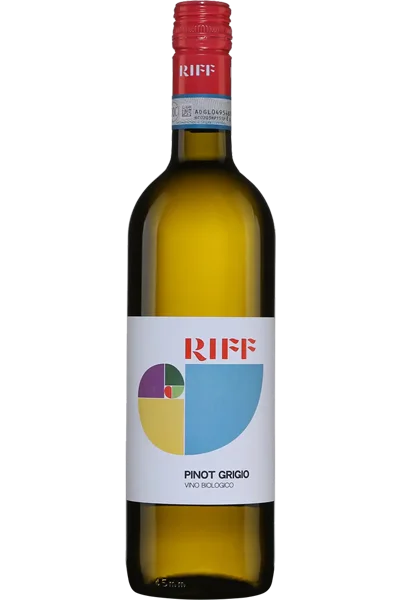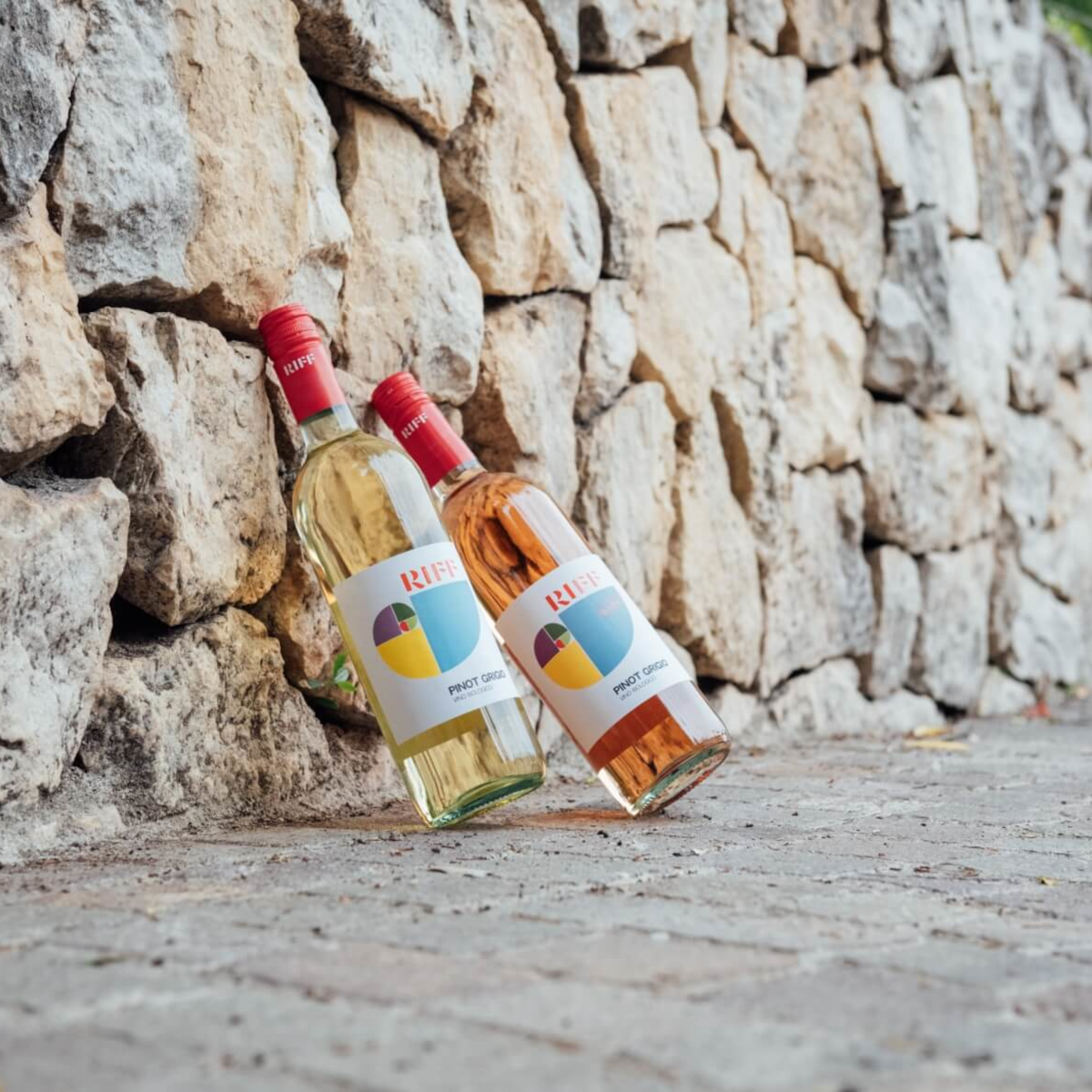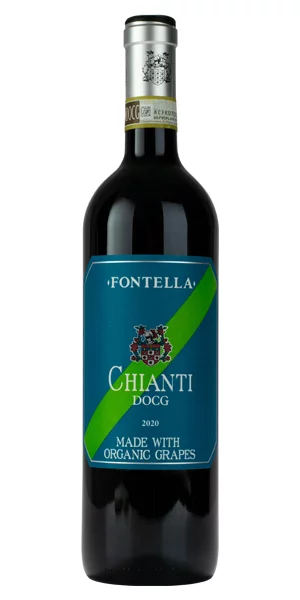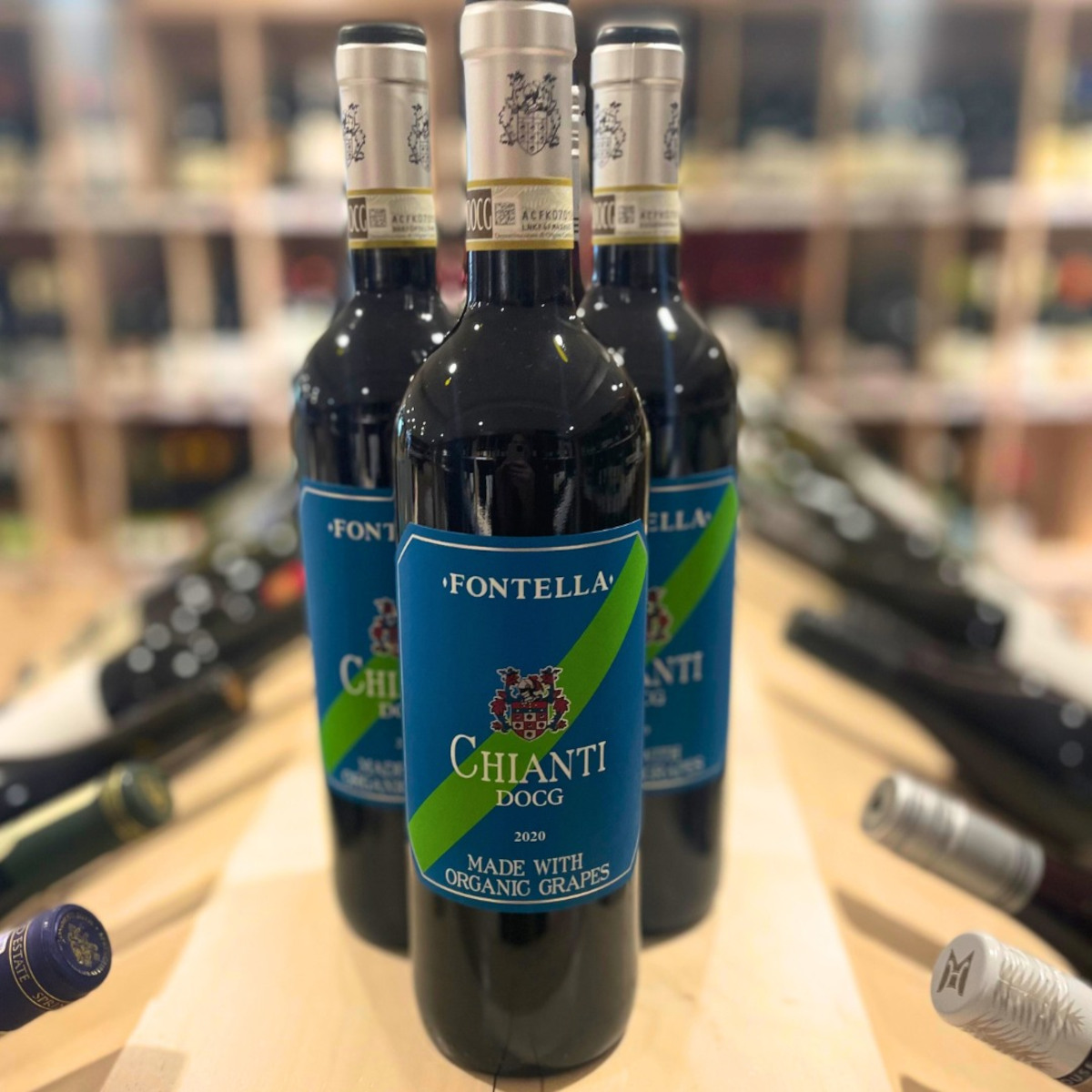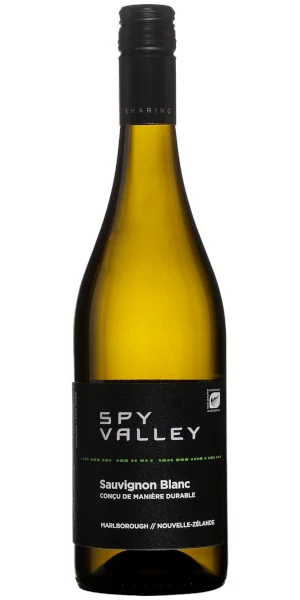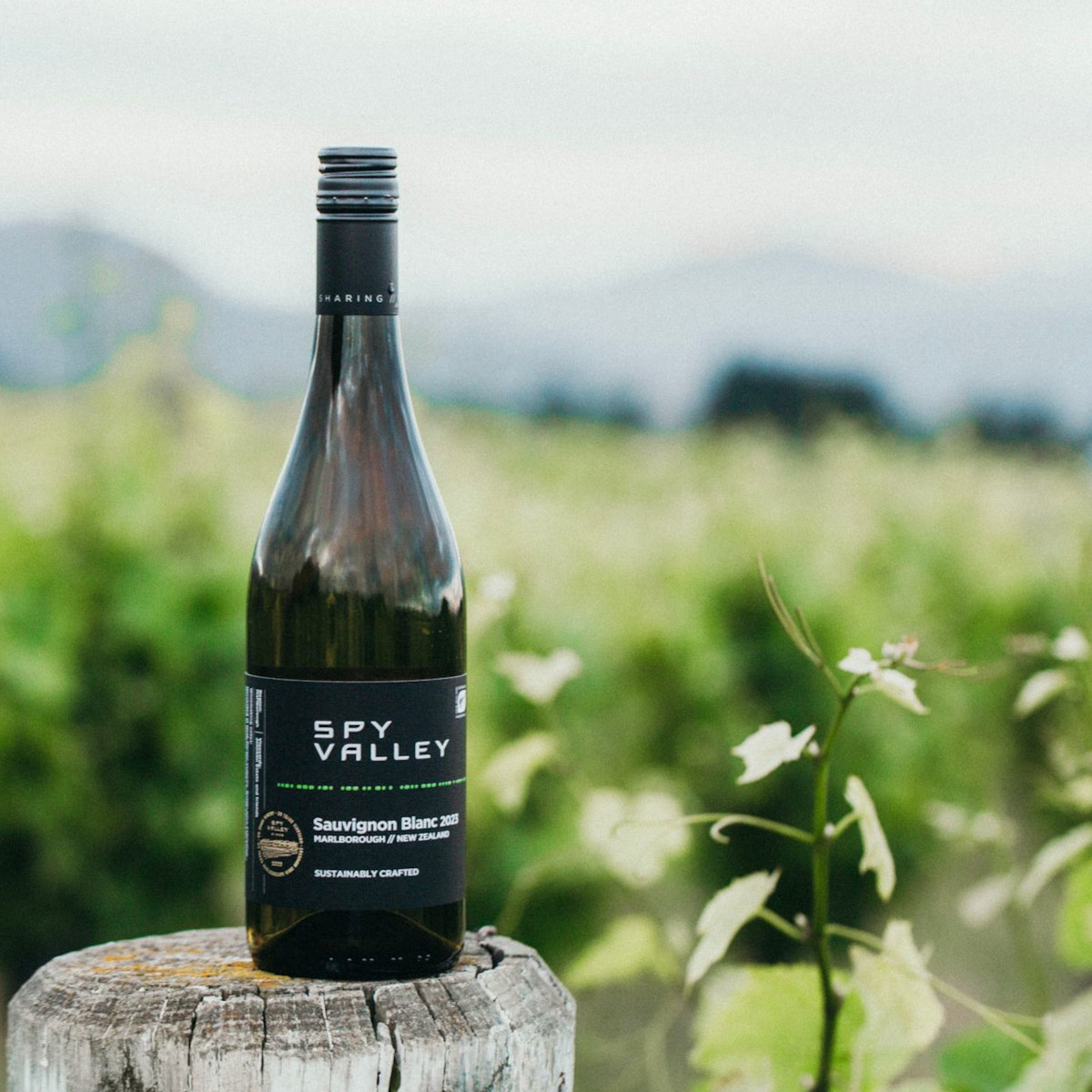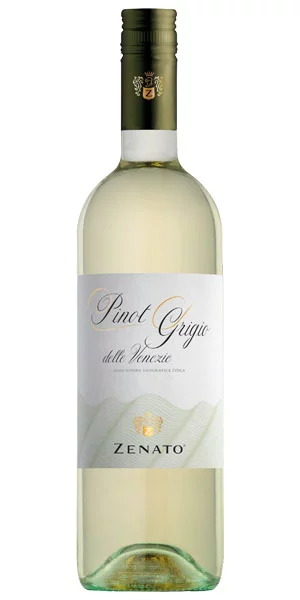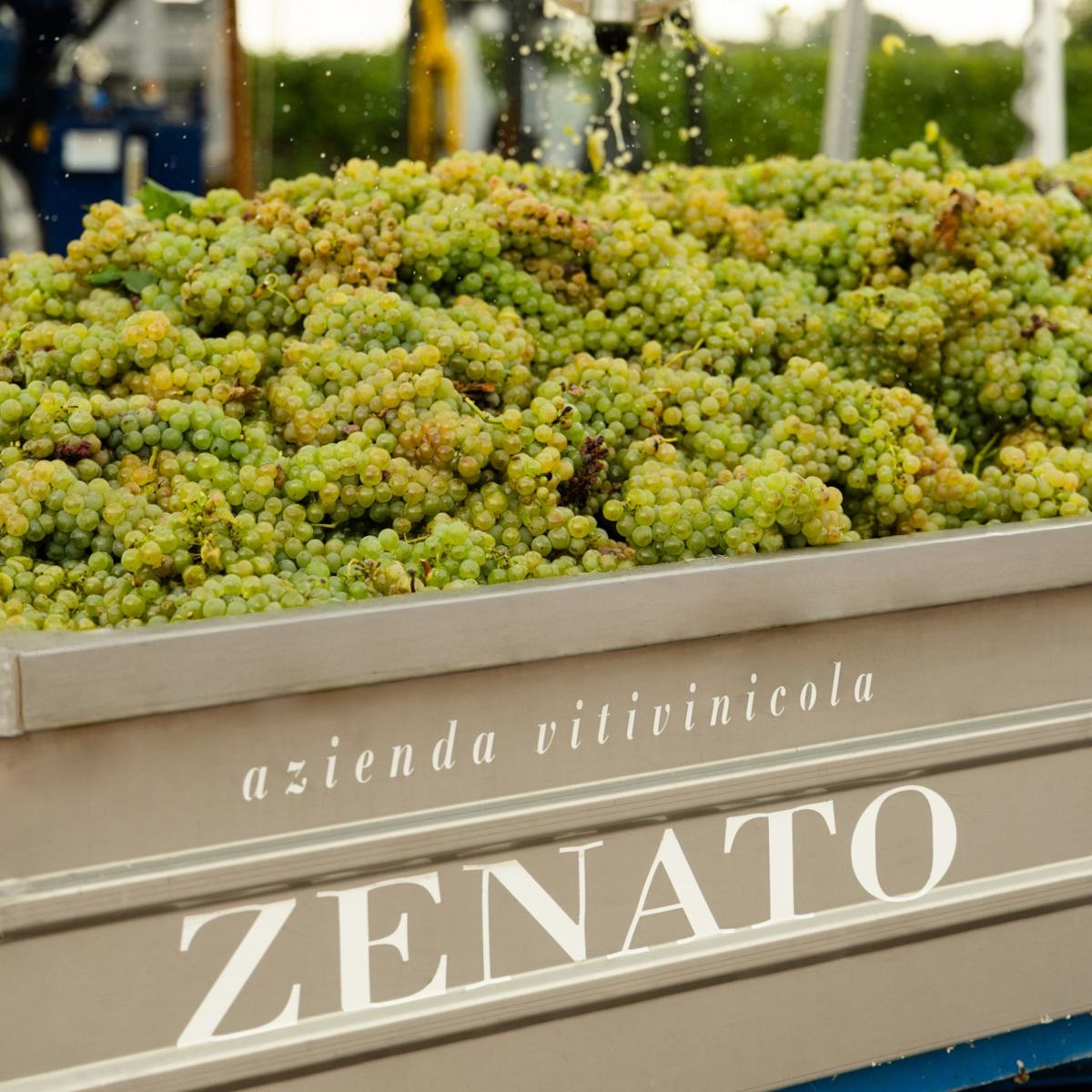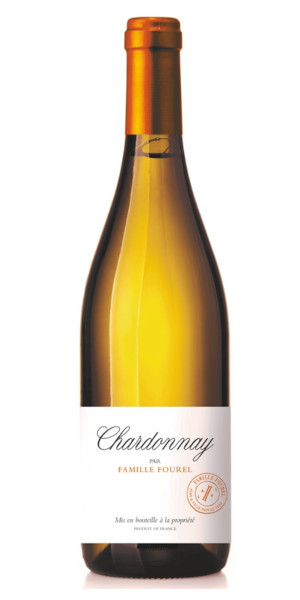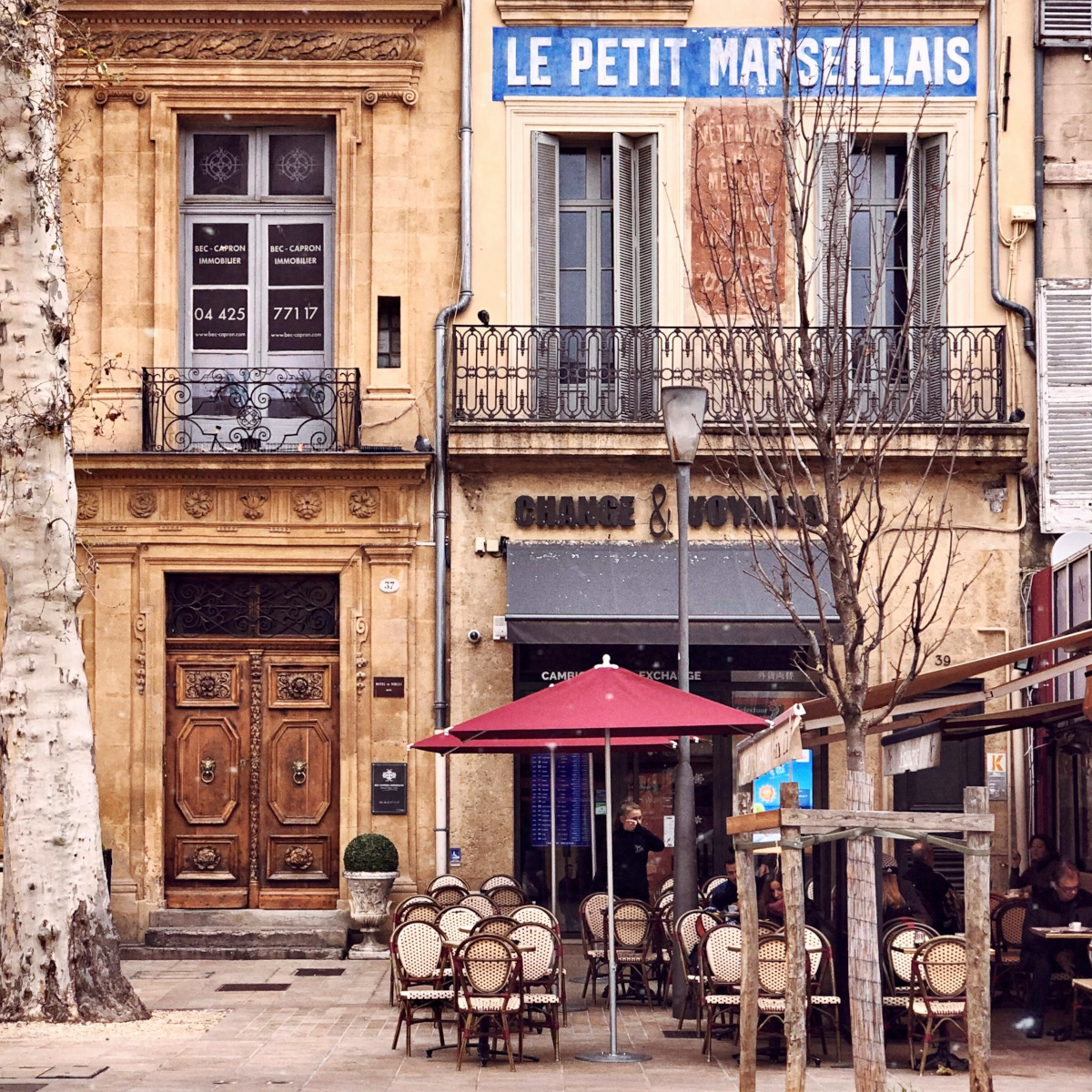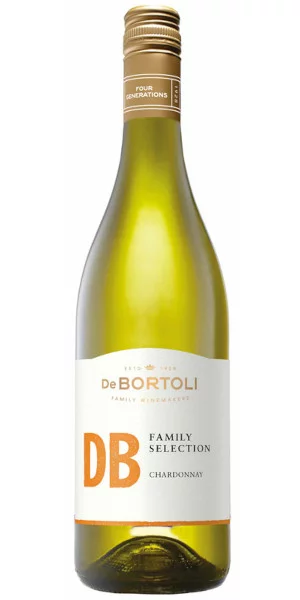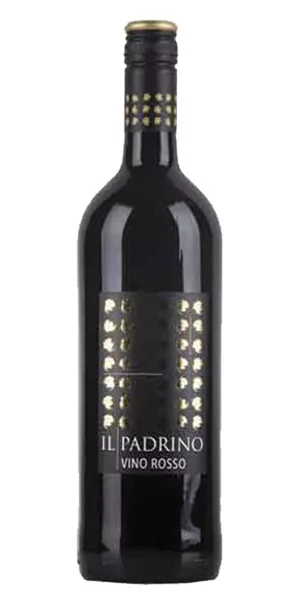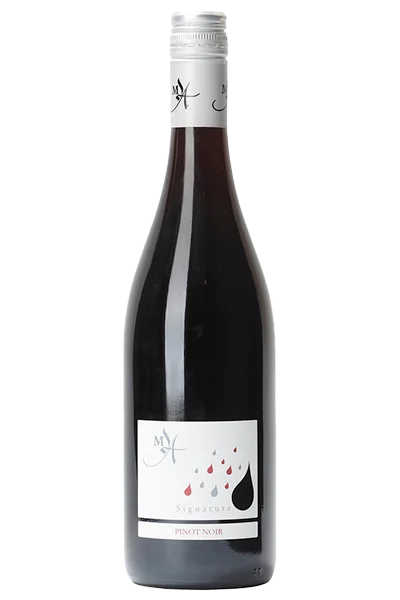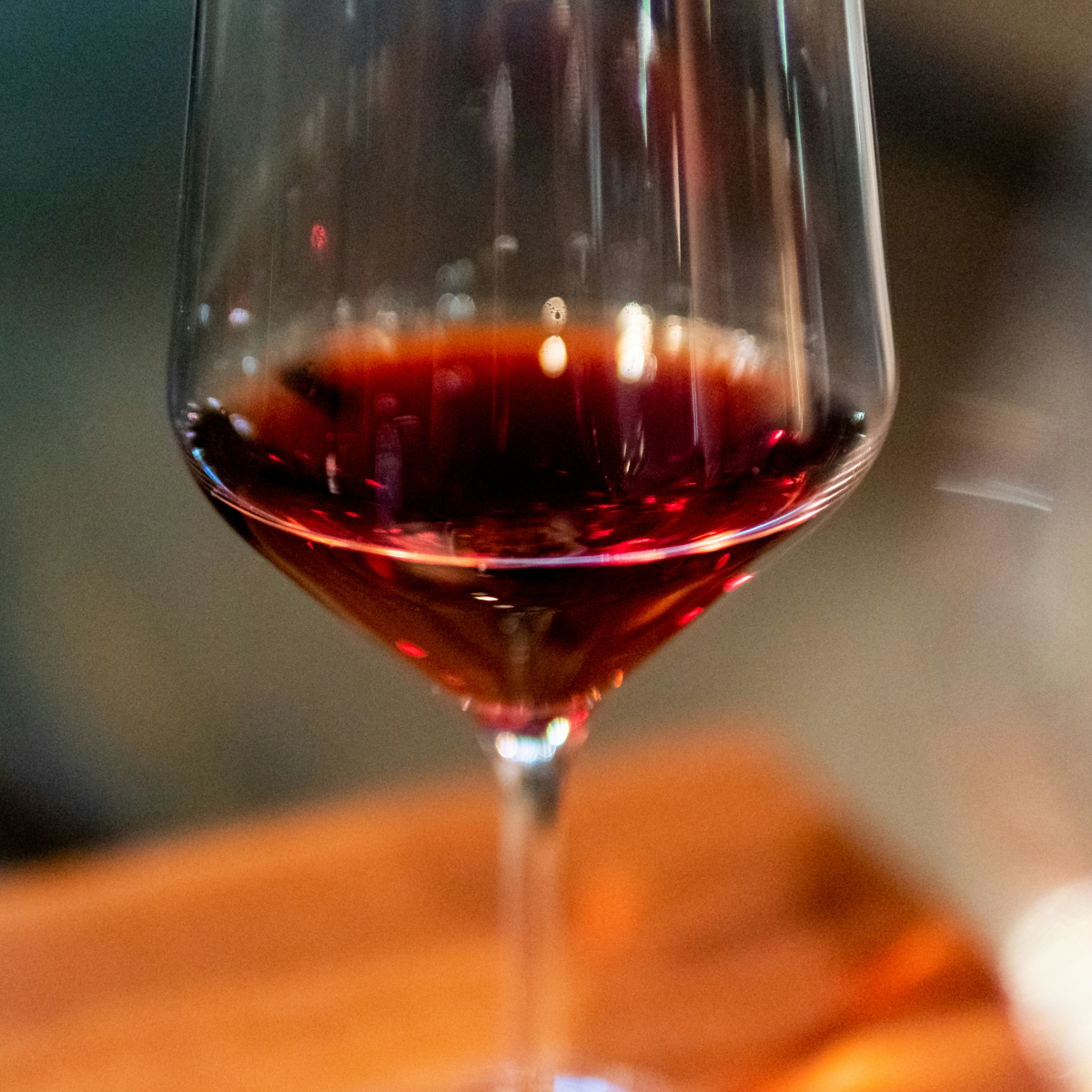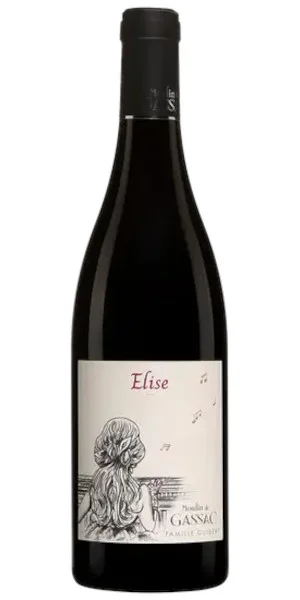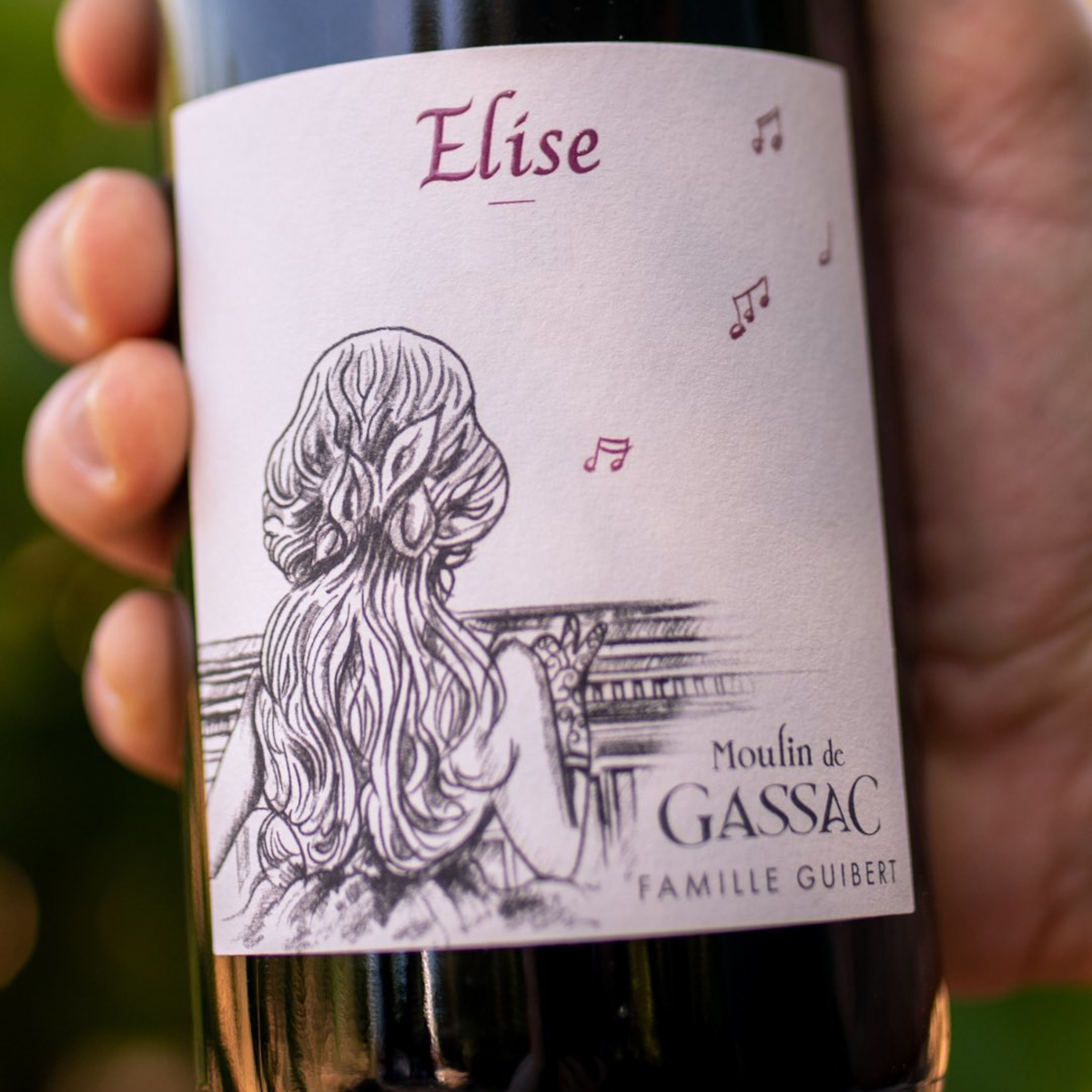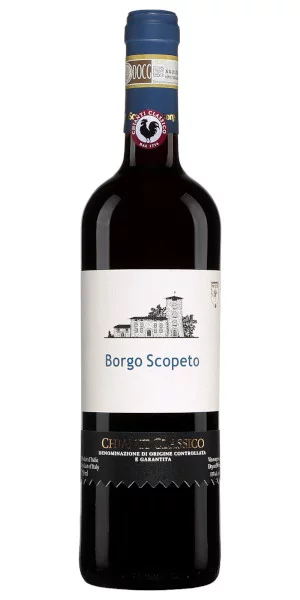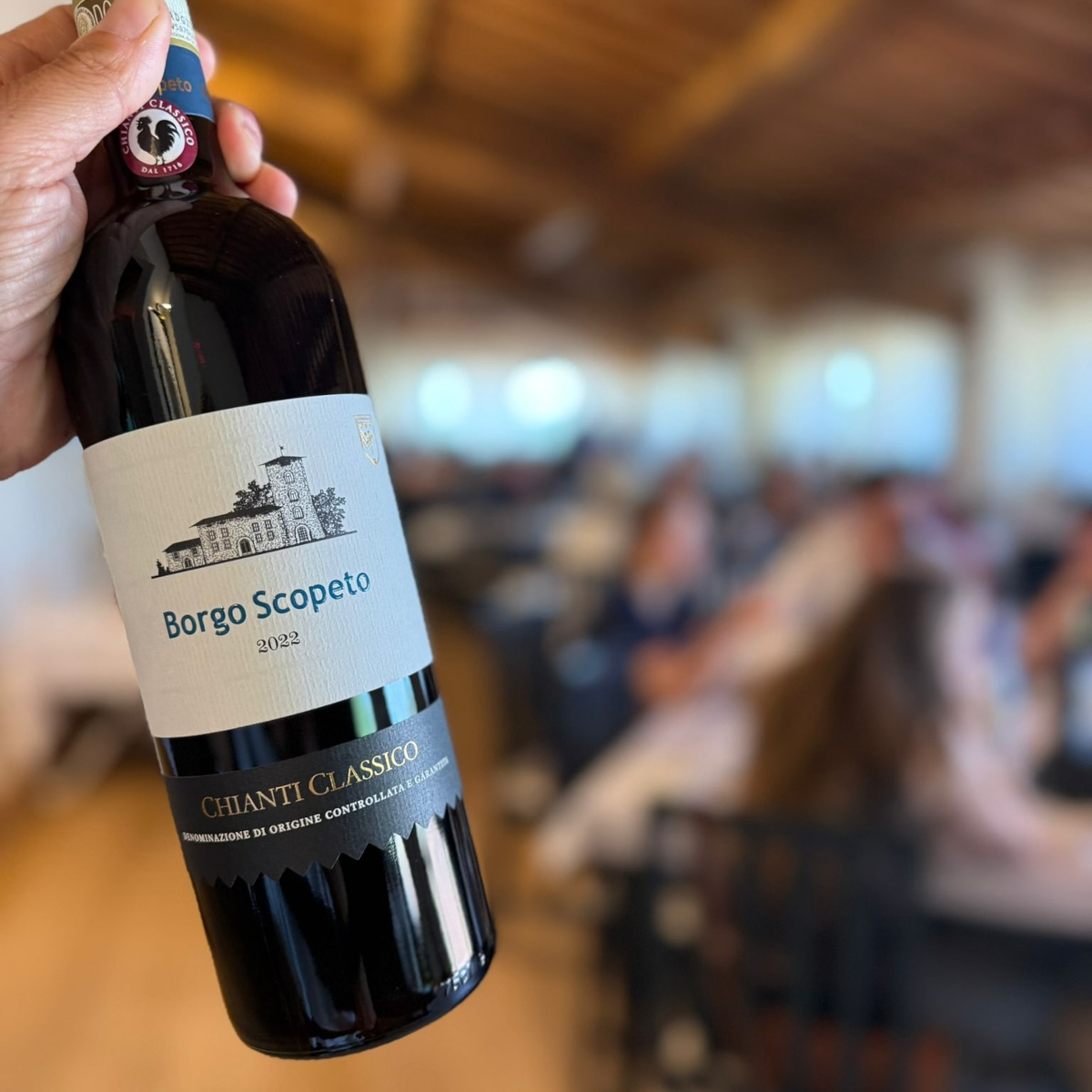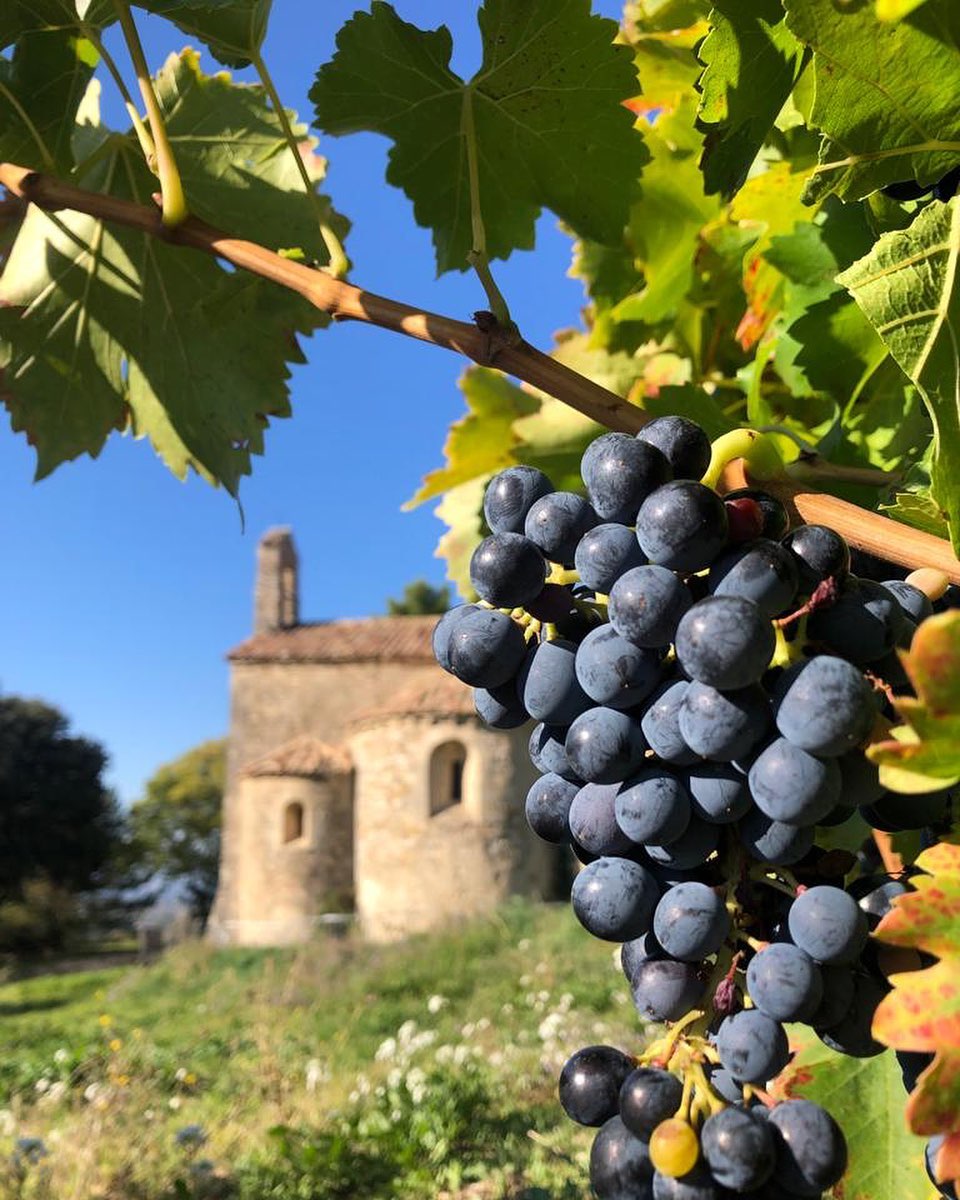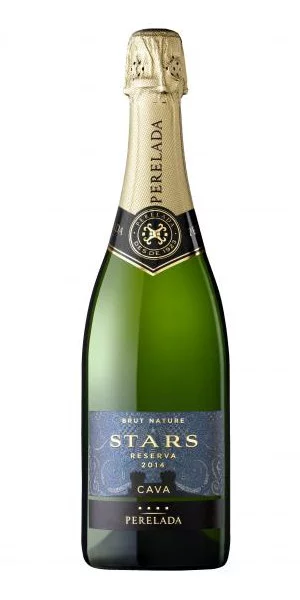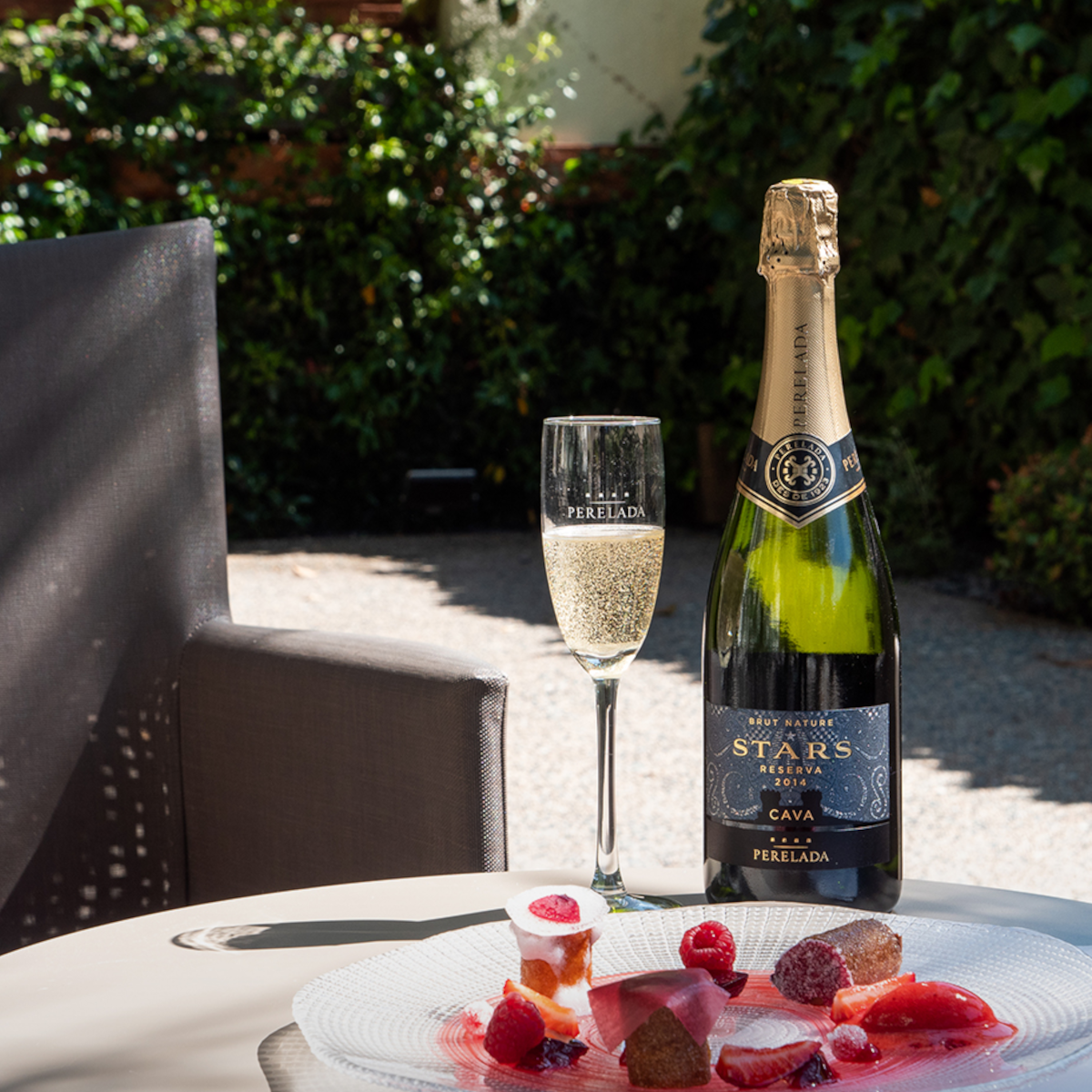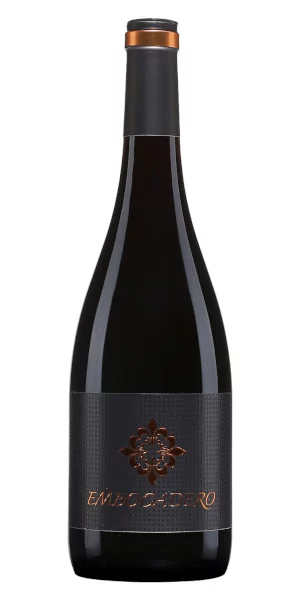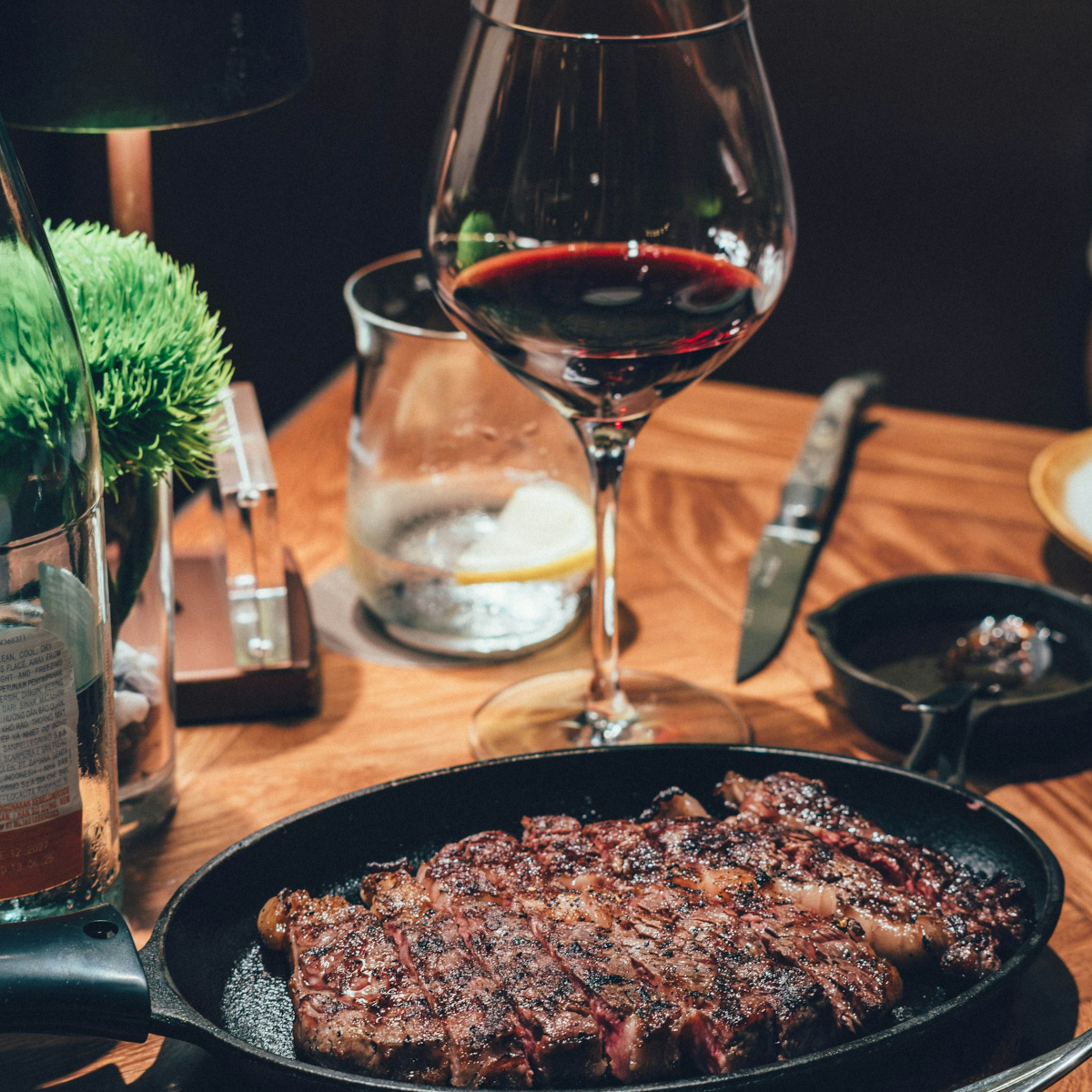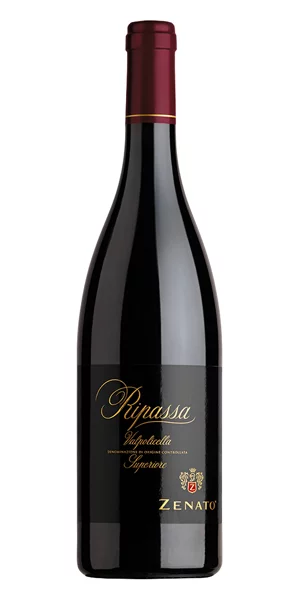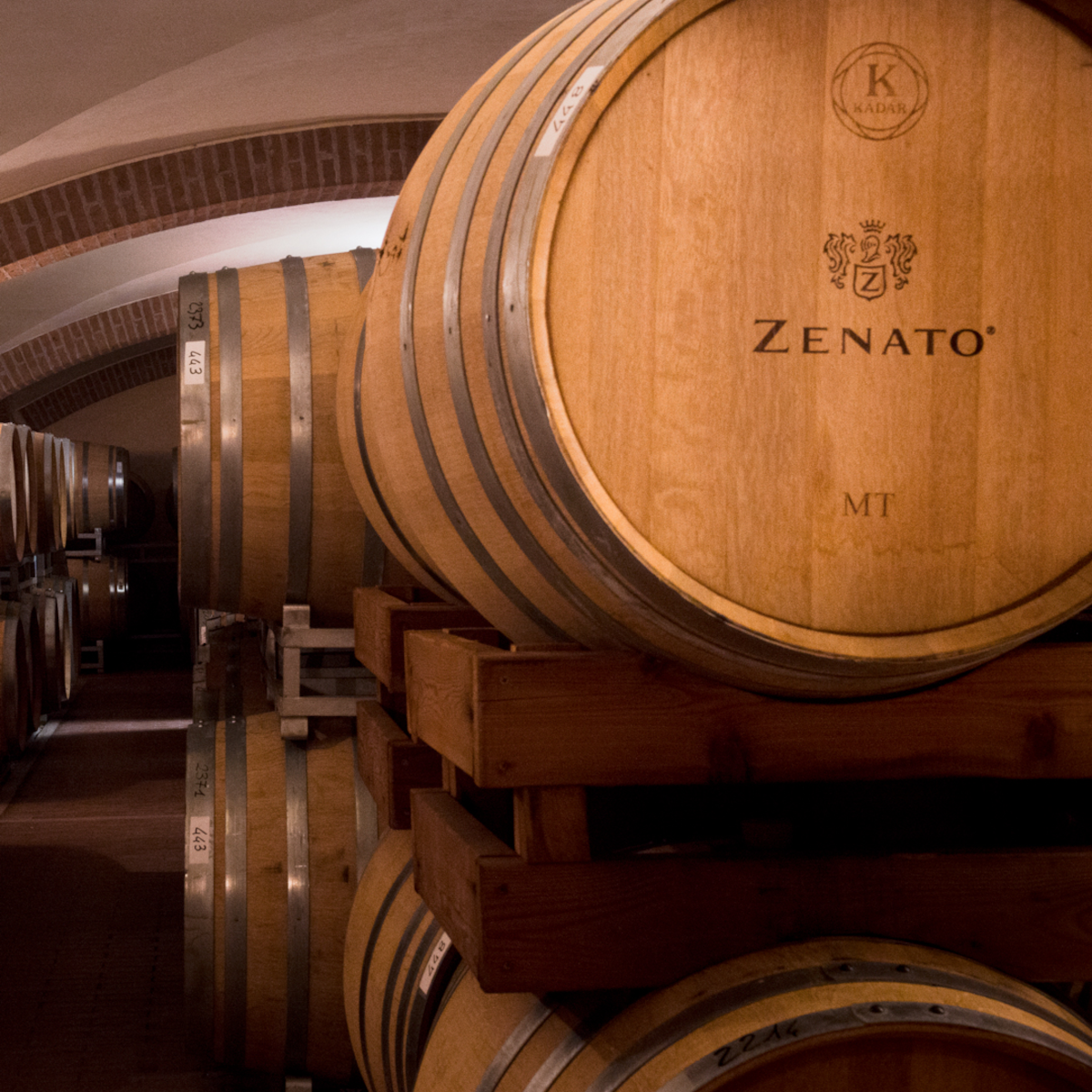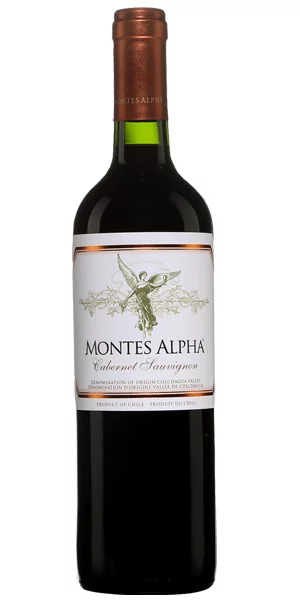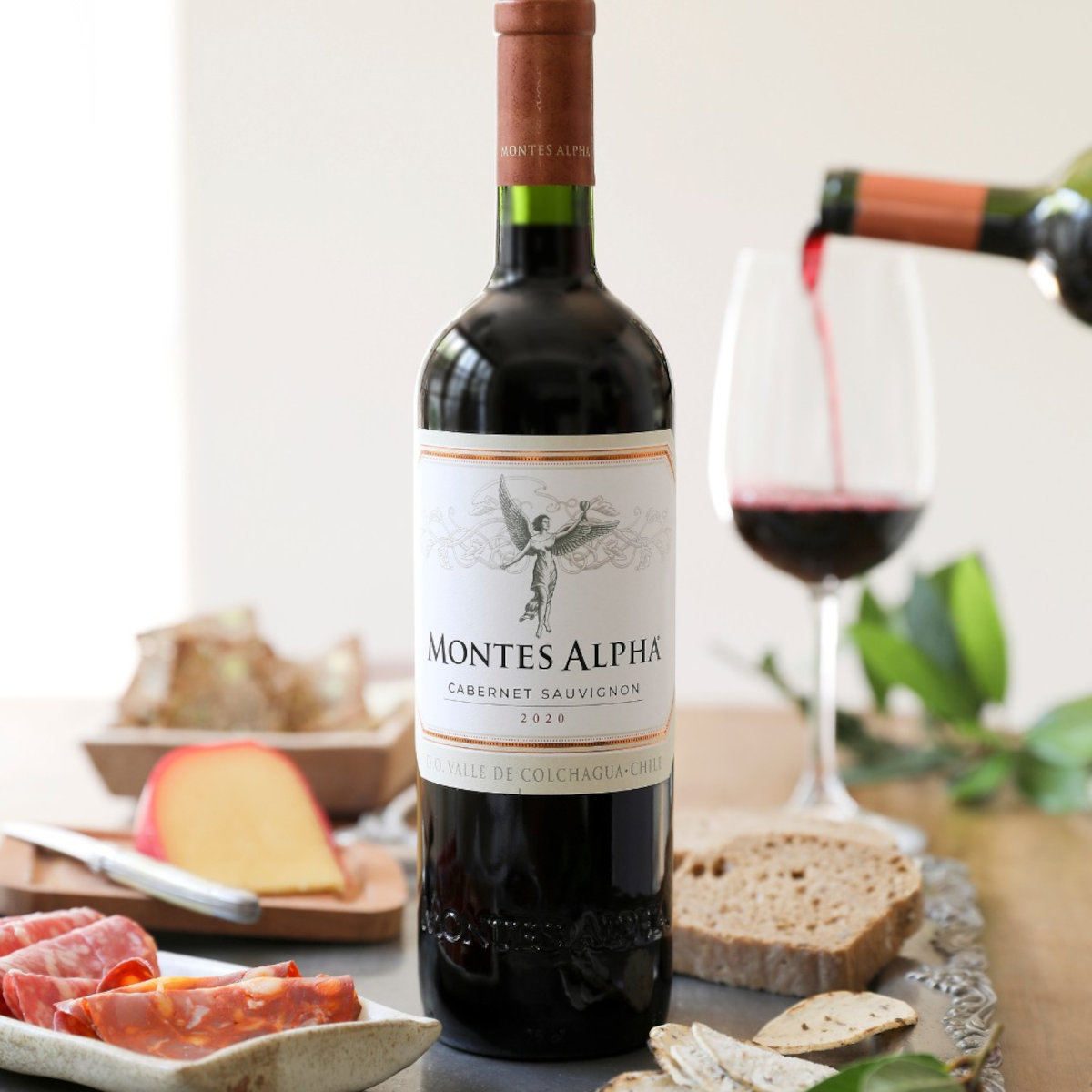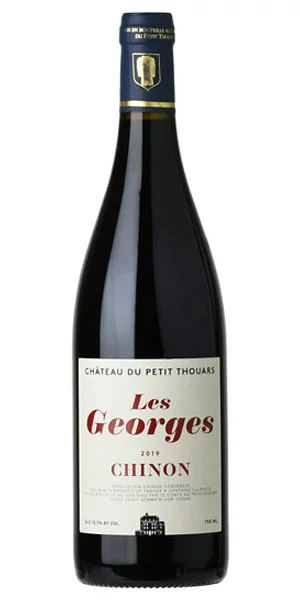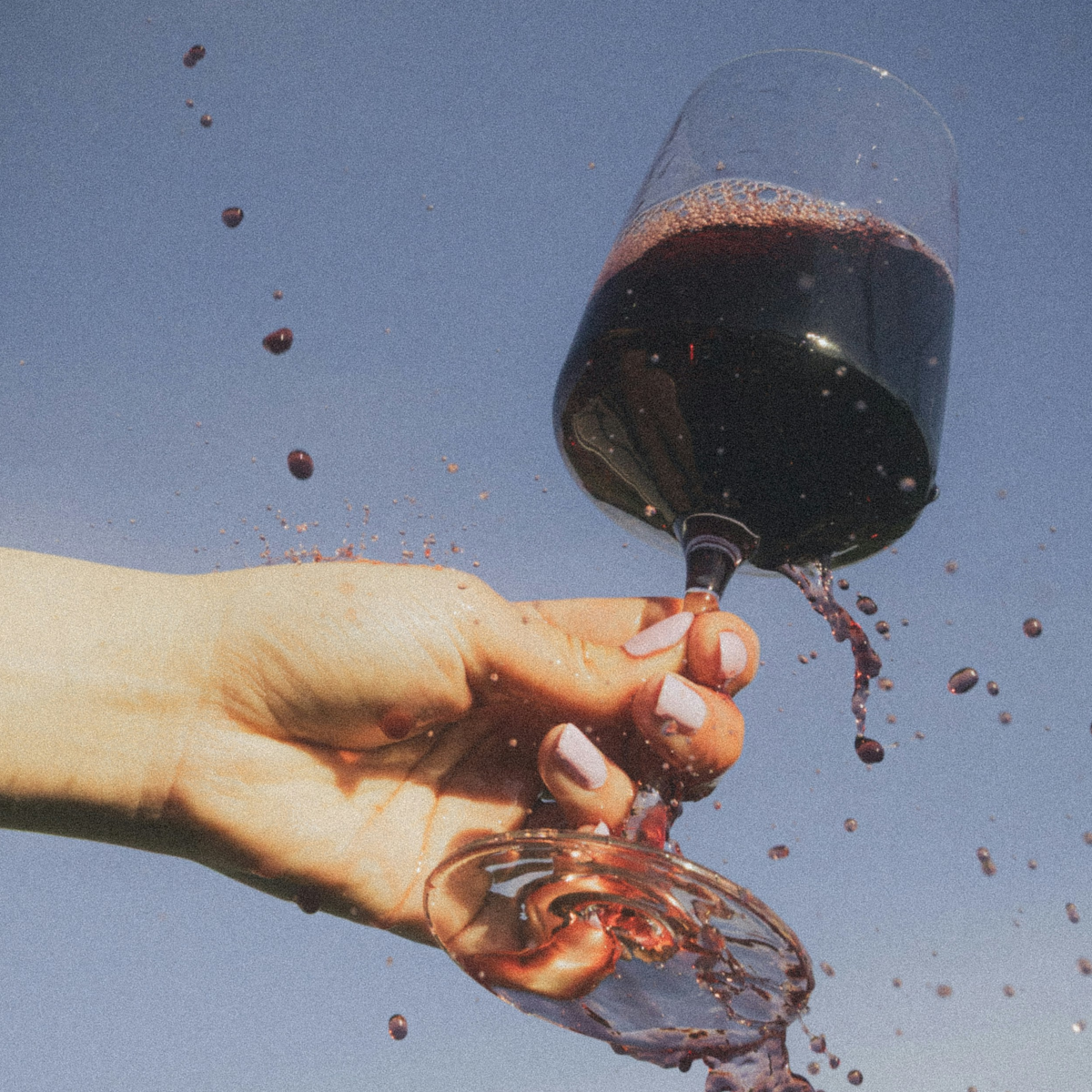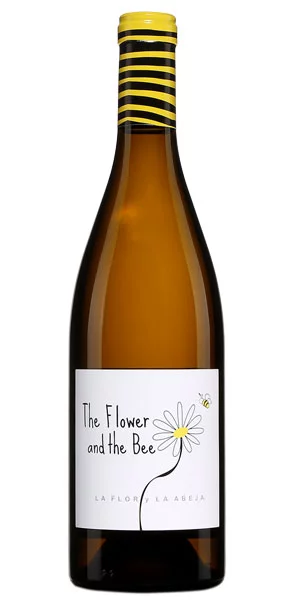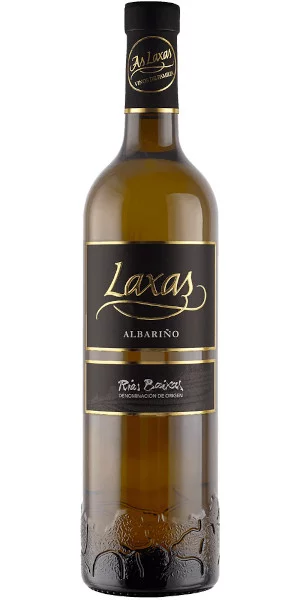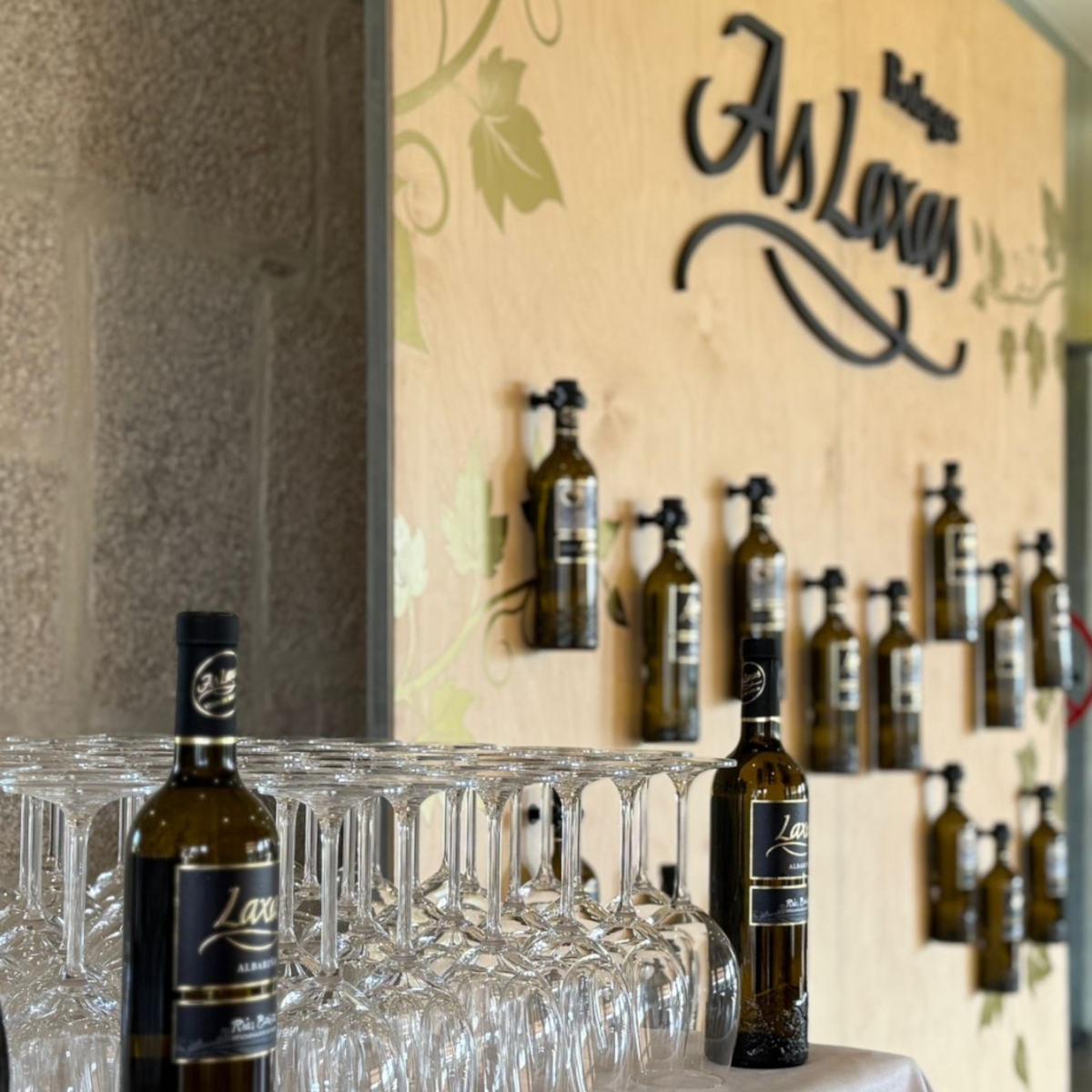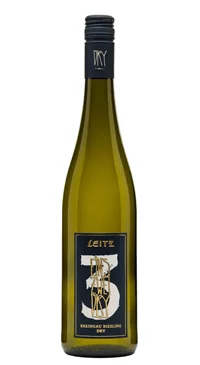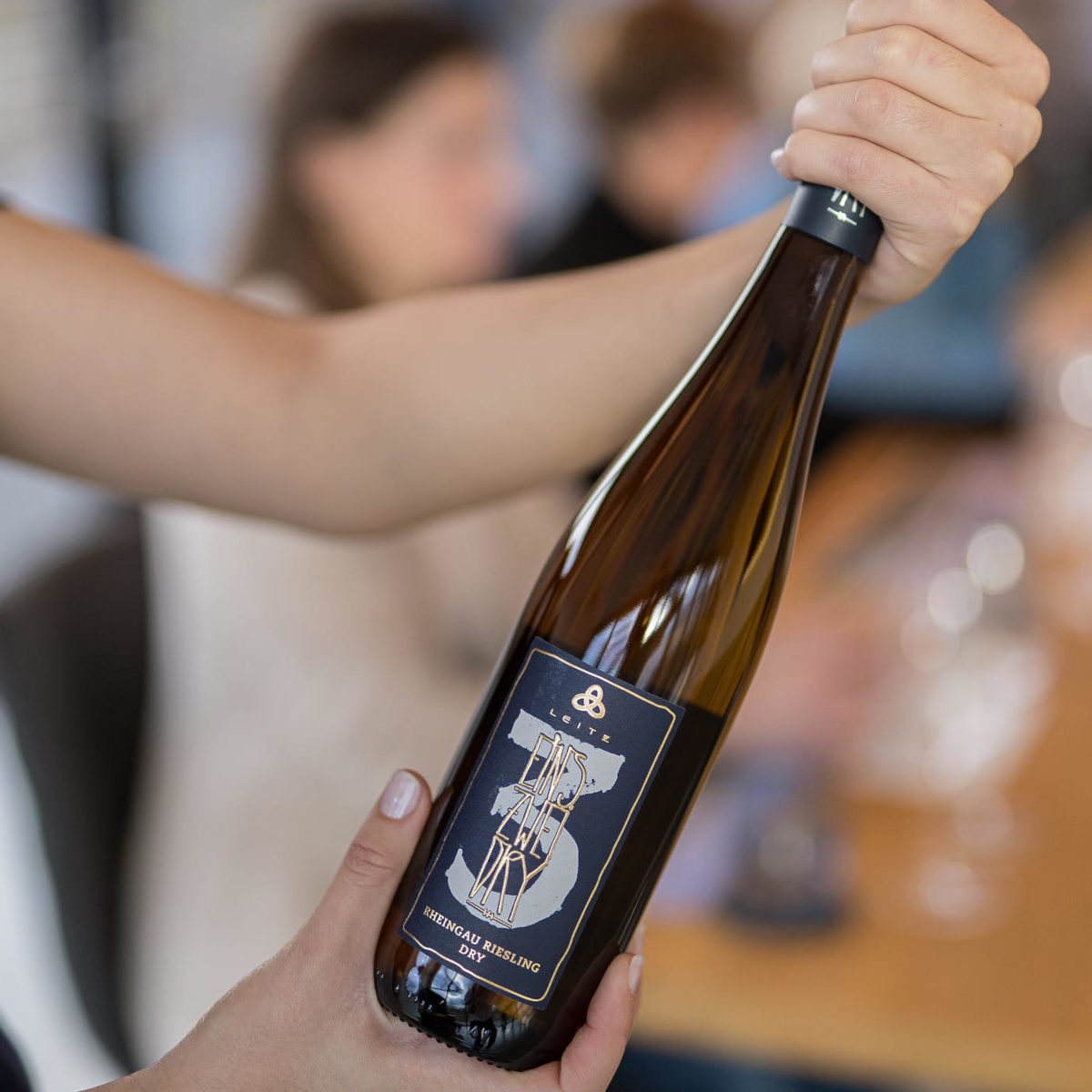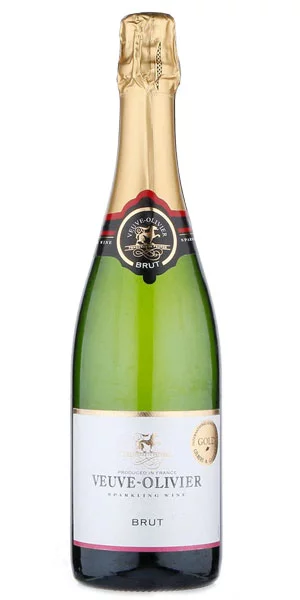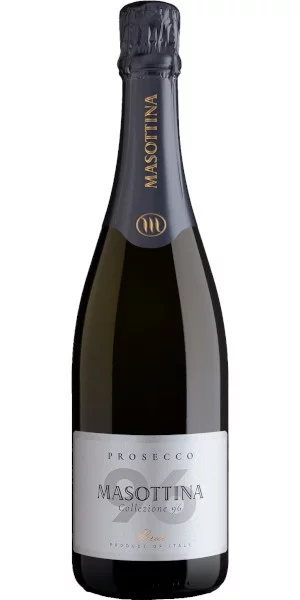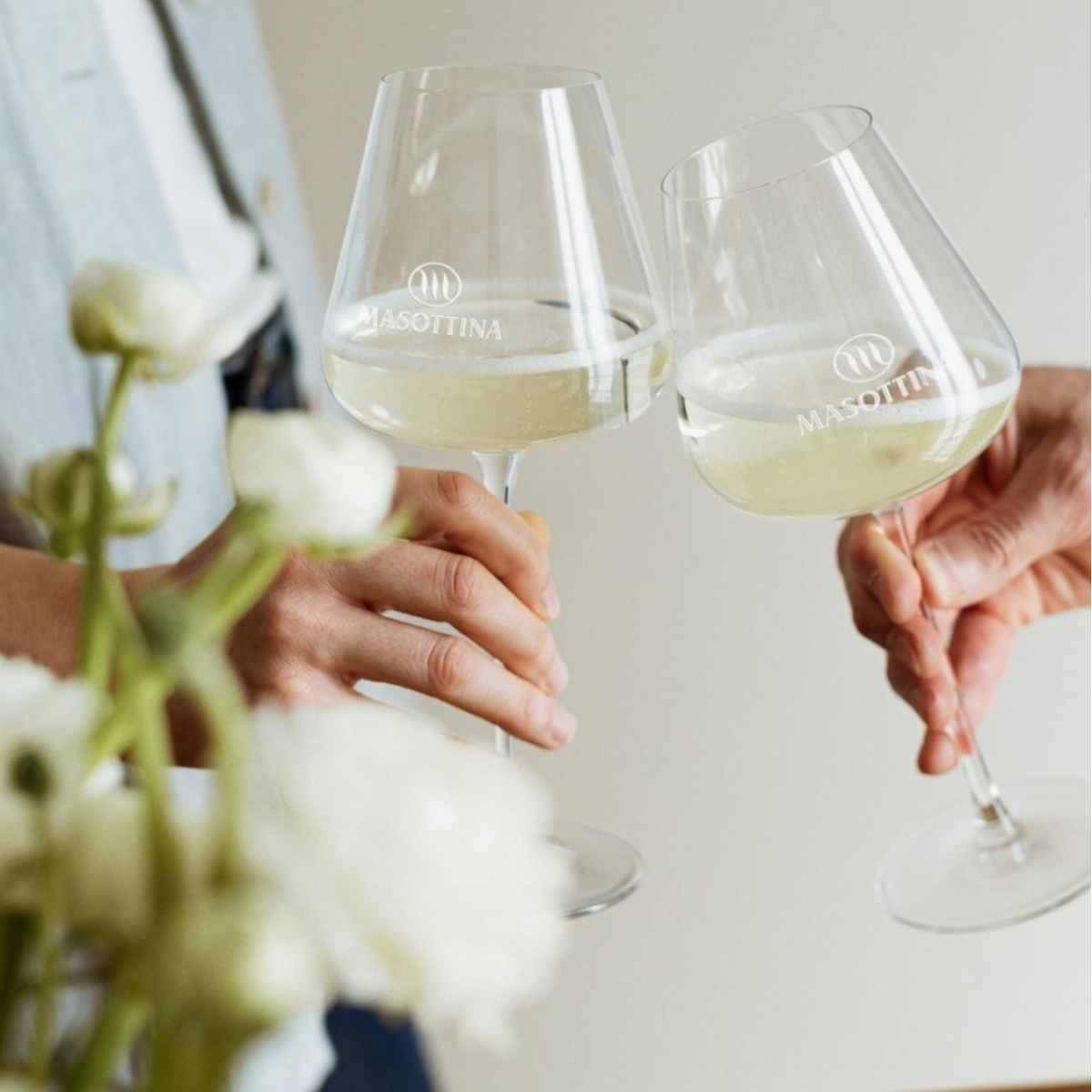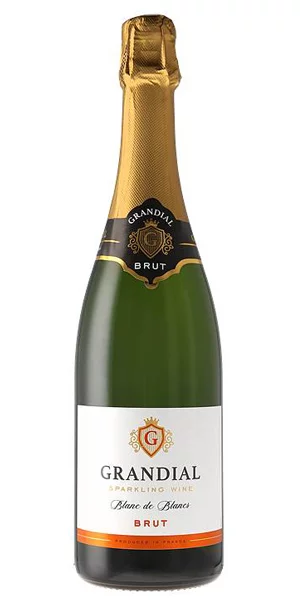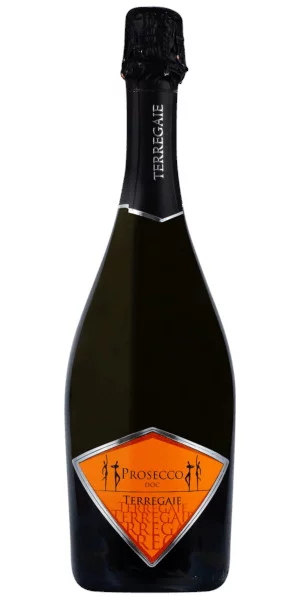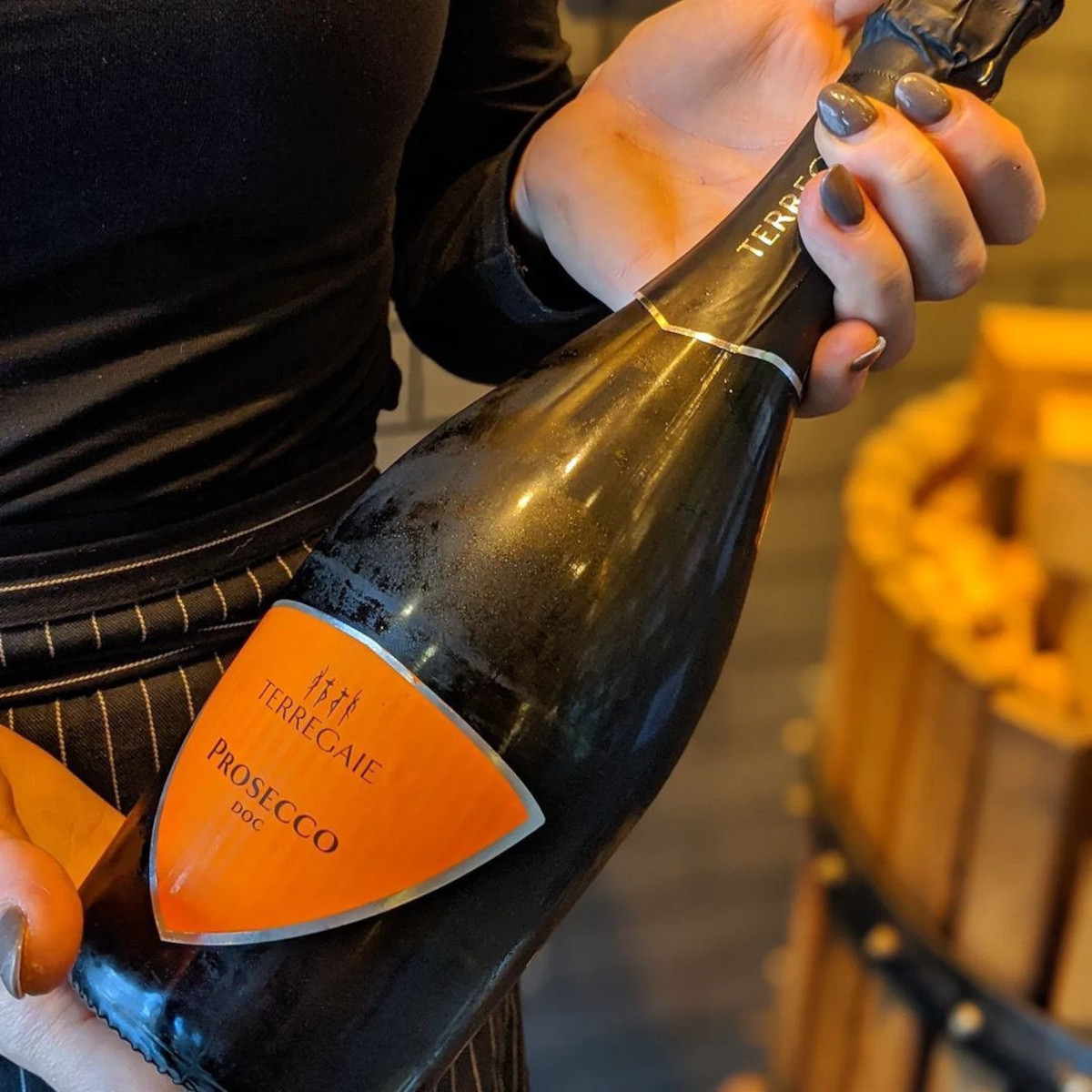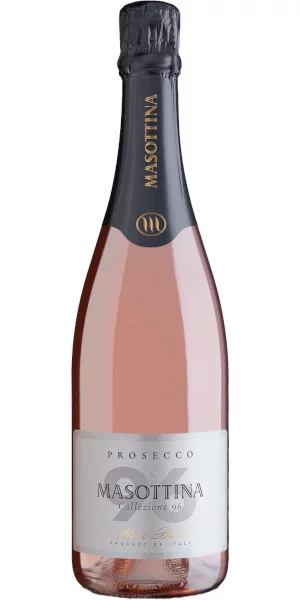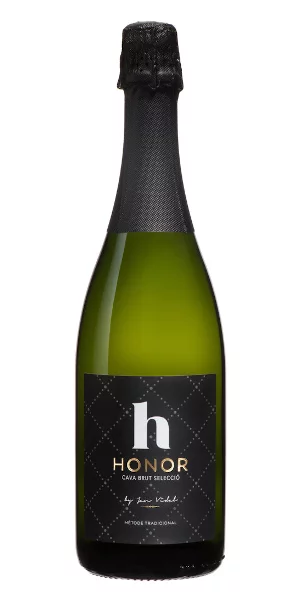Quality Meets Value
We have wines for every budget and these punch above their price point.
You might be saving on price but you’re not making any concessions on flavour. We work with producers that supply wine at all different price points, for customers that have many different budgets. We strive to find that perfect balance between a wine that jumps out of the glass, but not off your receipt. We think we nailed it, but you be the judge.
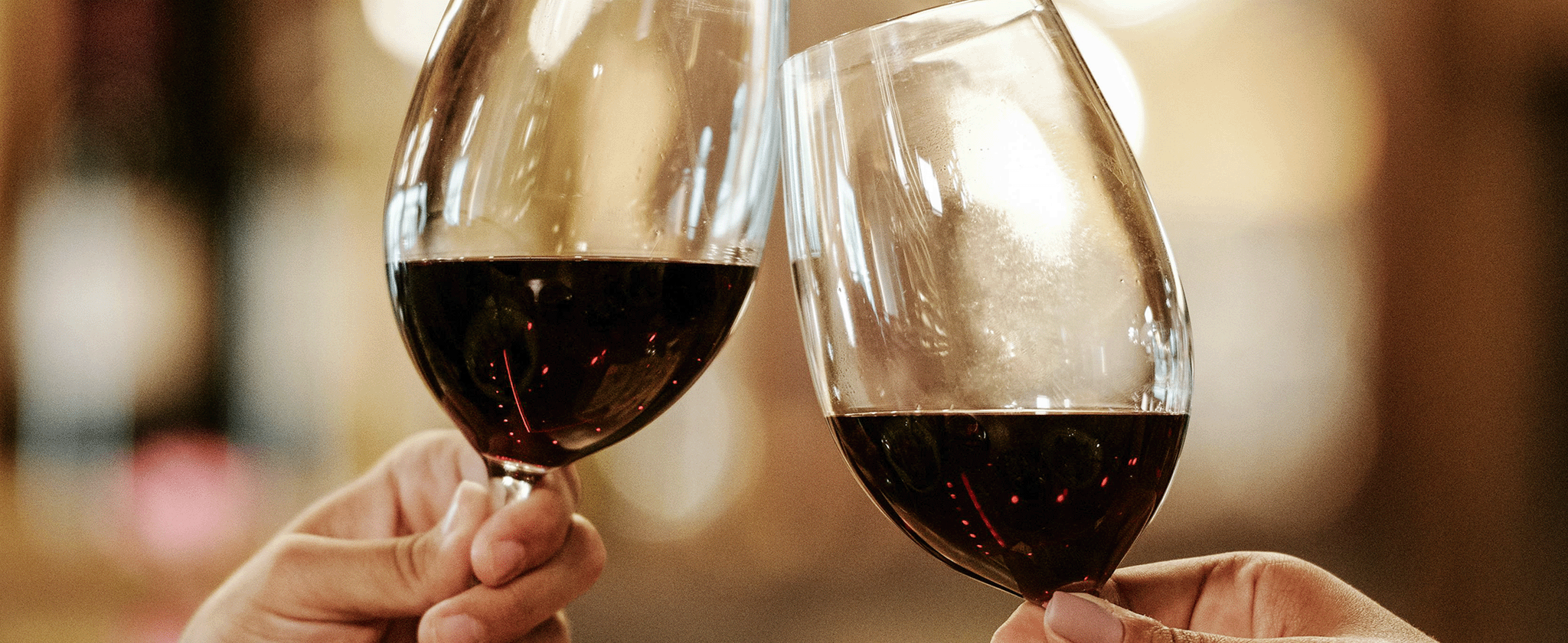

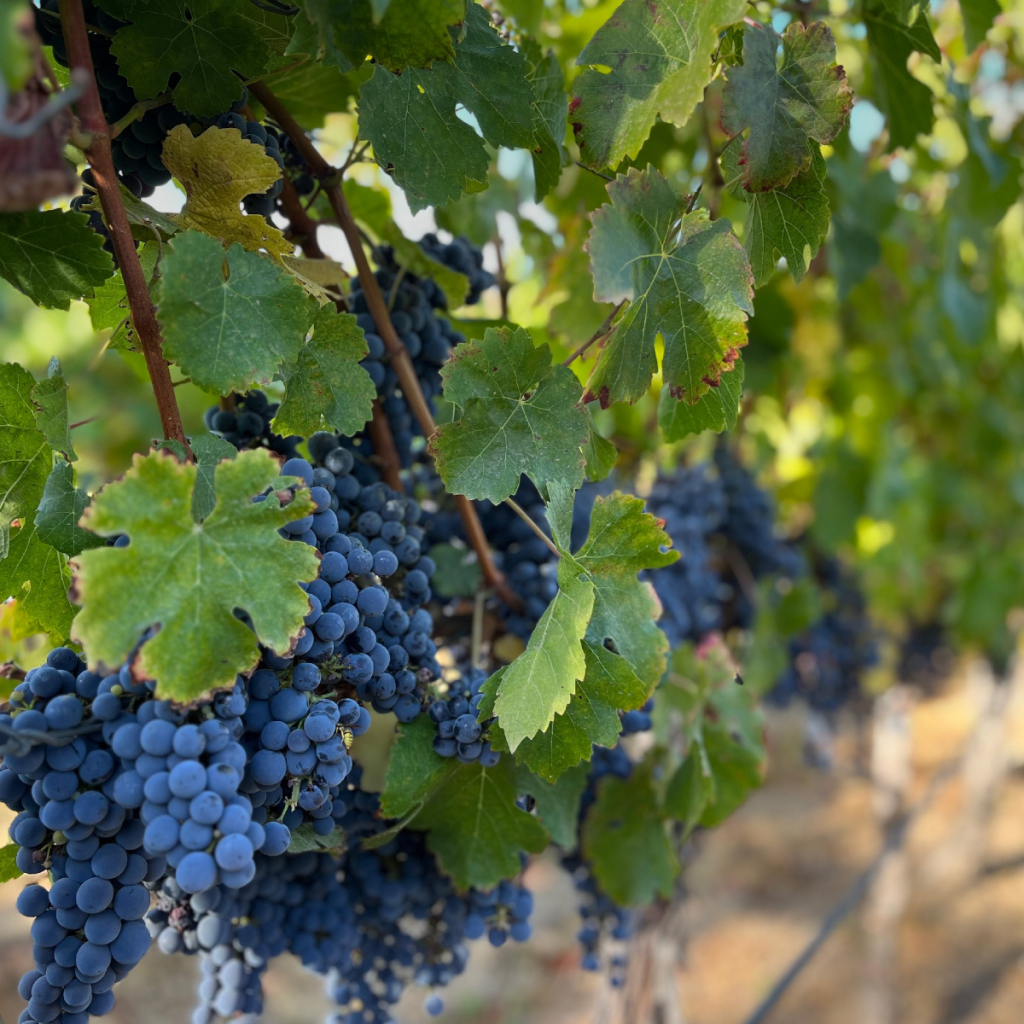

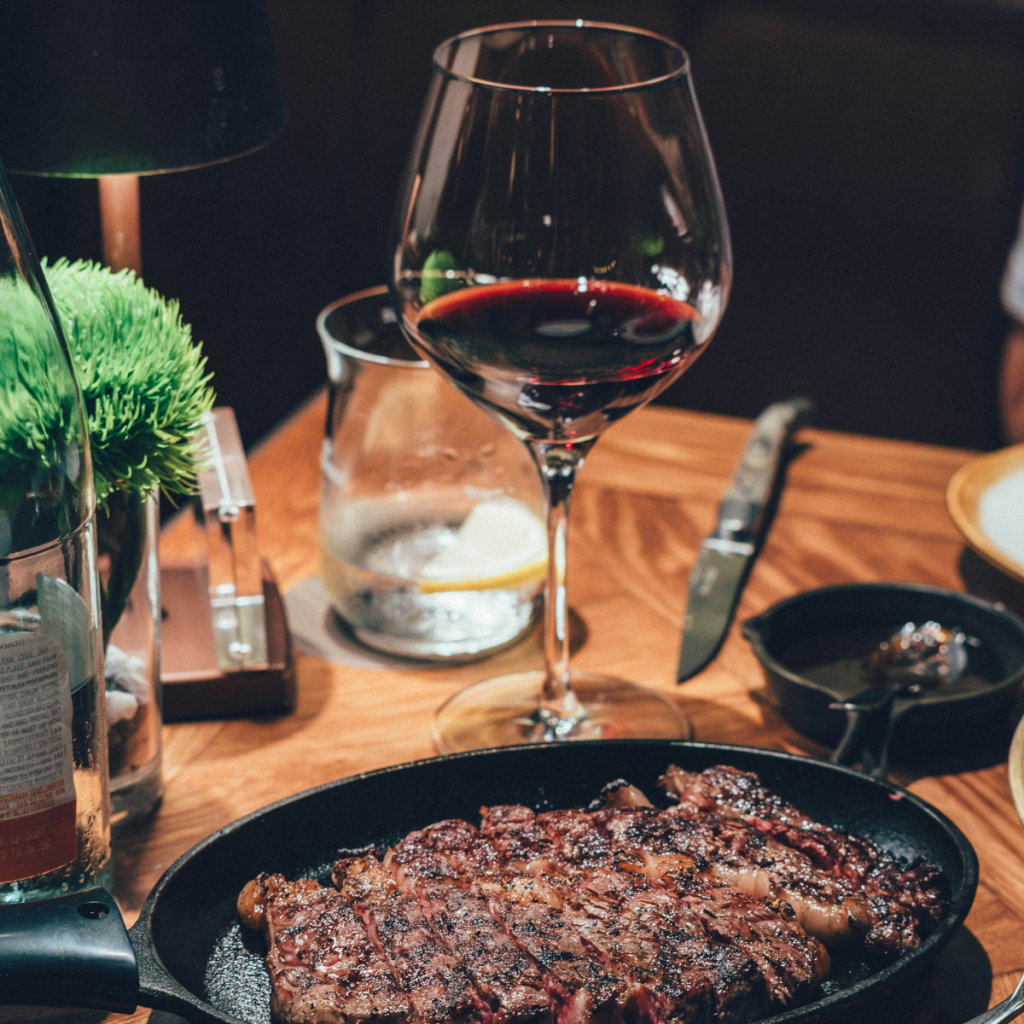
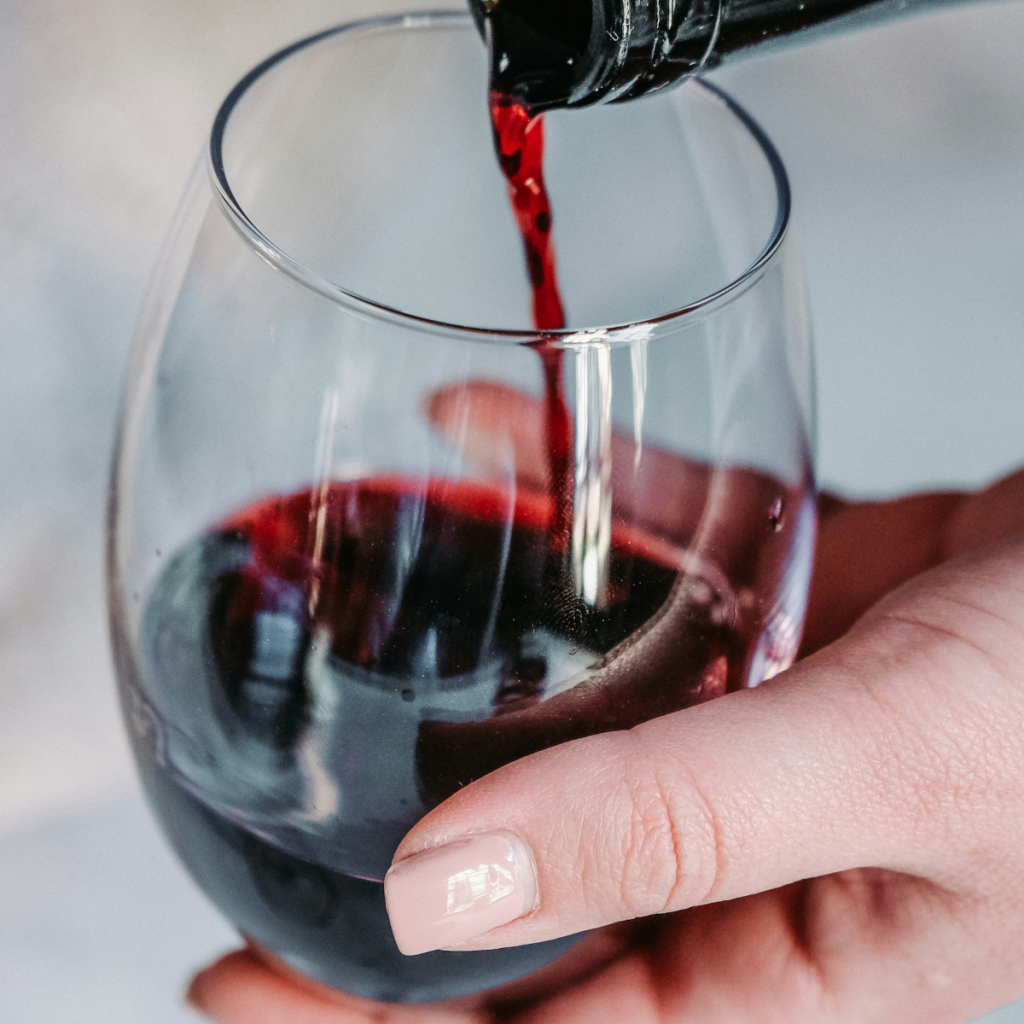
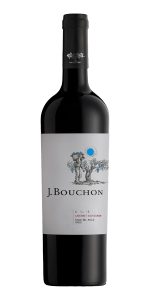
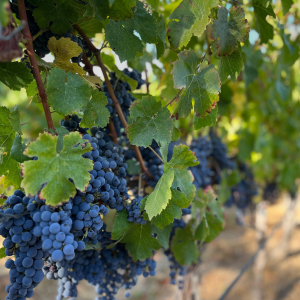

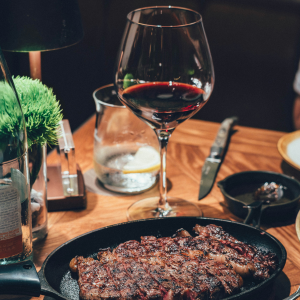
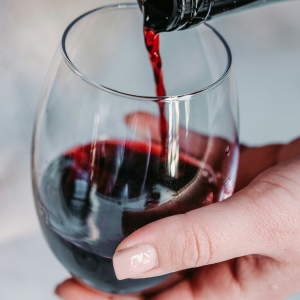
Bouchon Family Vineyards’ history began with an adventurous young French man’s dream almost a century and a half ago. Emile Bouchon left his little home of small winegrowers in Arveyres, near Burdeos, France, to board on a ship, towards Chile in the spring of 1887. Emile came hired as a winemaker adviser and throughout many years of efforts, he was able to purchase an antique wine cellar in Colchagua Valley, turning it into one of the most prominent vineyards of that time. His children and eventually his grandson would continue his legacy. His grandson Julio studied enology in Bordeaux and expanded the Bouchon project. He fell in love with the granitic soils in the interior dry area in Maule Valley, acquiring Mingre state in 1977, a distant property, which had old dry farmed vineyards.
Today the winery is operated by the fourth generation of the Bouchon family and a team of expert viticulturalists and winemakers working on continued innovation in the vineyards and winery. They are in the process of acquiring organic certification for their vineyards and wines, though some of their vineyards are currently certified organic.
The J.Bouchon Reserva line is produced using select grapes from their vineyards at Santa Rosa. The Cabernet Reserva has intense dark fruit notes of blackberry and cherry on the nose. The fruit carries over on the palate and is accompanied with a herbaceous peppery finish. Full bodied with elegant tannins. This Cabernet drinks well above its price point.
-
Wine Type
Red Wine -
Size
750ml -
Vintage
2023 -
Country
Chile -
Region
Maule -
Sub-Region
Maule Valley -
Grape
Cabernet Sauvignon -
Farming Method
OrganicAll of our products that are tagged with the term Organic are either organic certified or organic practicing. -
ABV
14% -
Food Pairing
BBQBeefBurgers
Great value for your palate and wallet.
Your best bet for around $30.
Who can deny a good bottle of bubbles? You know we can’t.
Prosecco, traditional sparkling, cava, we love them all! And every so often, we like to sprinkle in some deals on these popular bubbly blends, perfect for celebrating, hosting, or just having a glass at the end of the week.
Wine fan? Look no further.
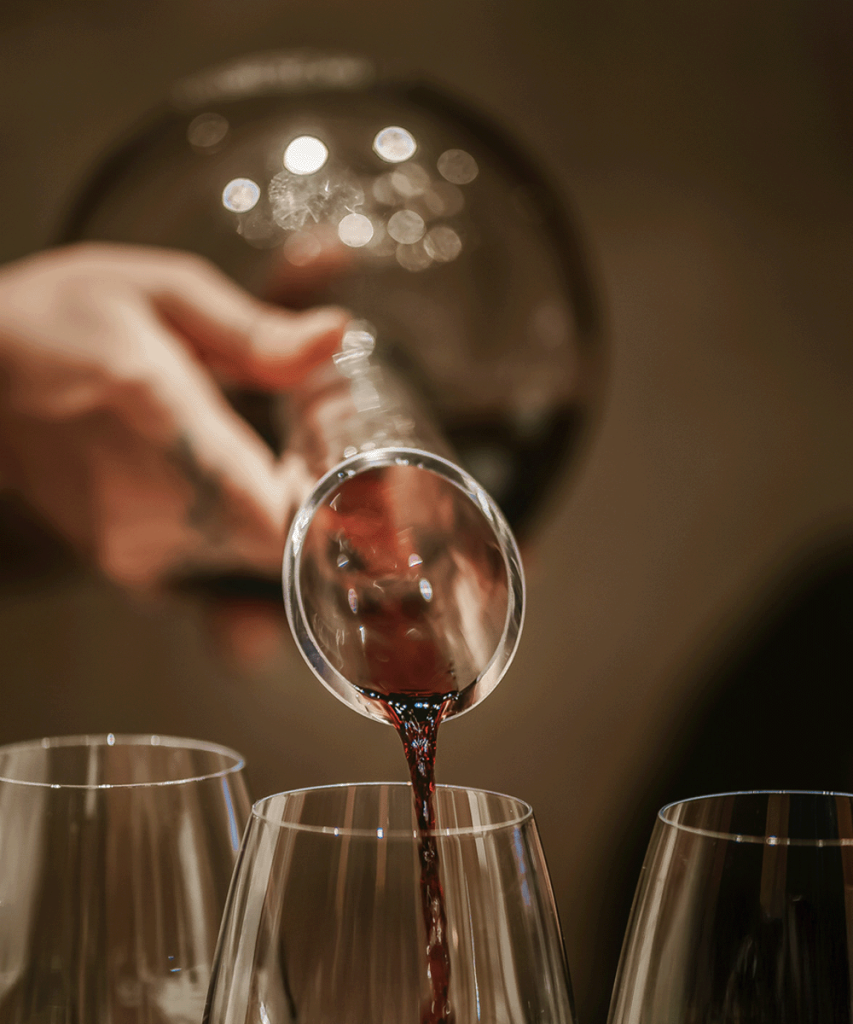
Pinot Noir for Fall
Known as the “heartbreak grape,” it’s versatility makes it a perfect choice for fall. No heartbreaks necessary.

Dinner Party Selections
Hosts and guests, rejoice! We’ve curated some dinner party essentials.
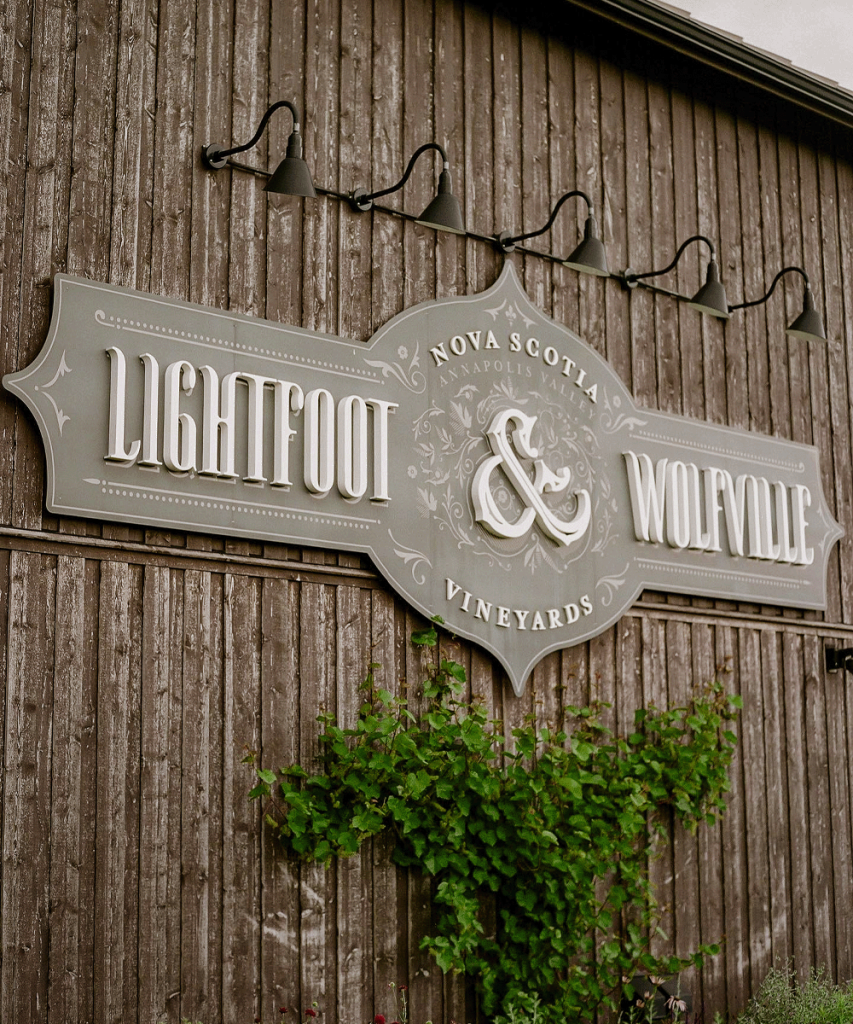
Lightfoot & Wolfville
Farming in harmony with nature in Nova Scotia’s Annapolis Valley.

